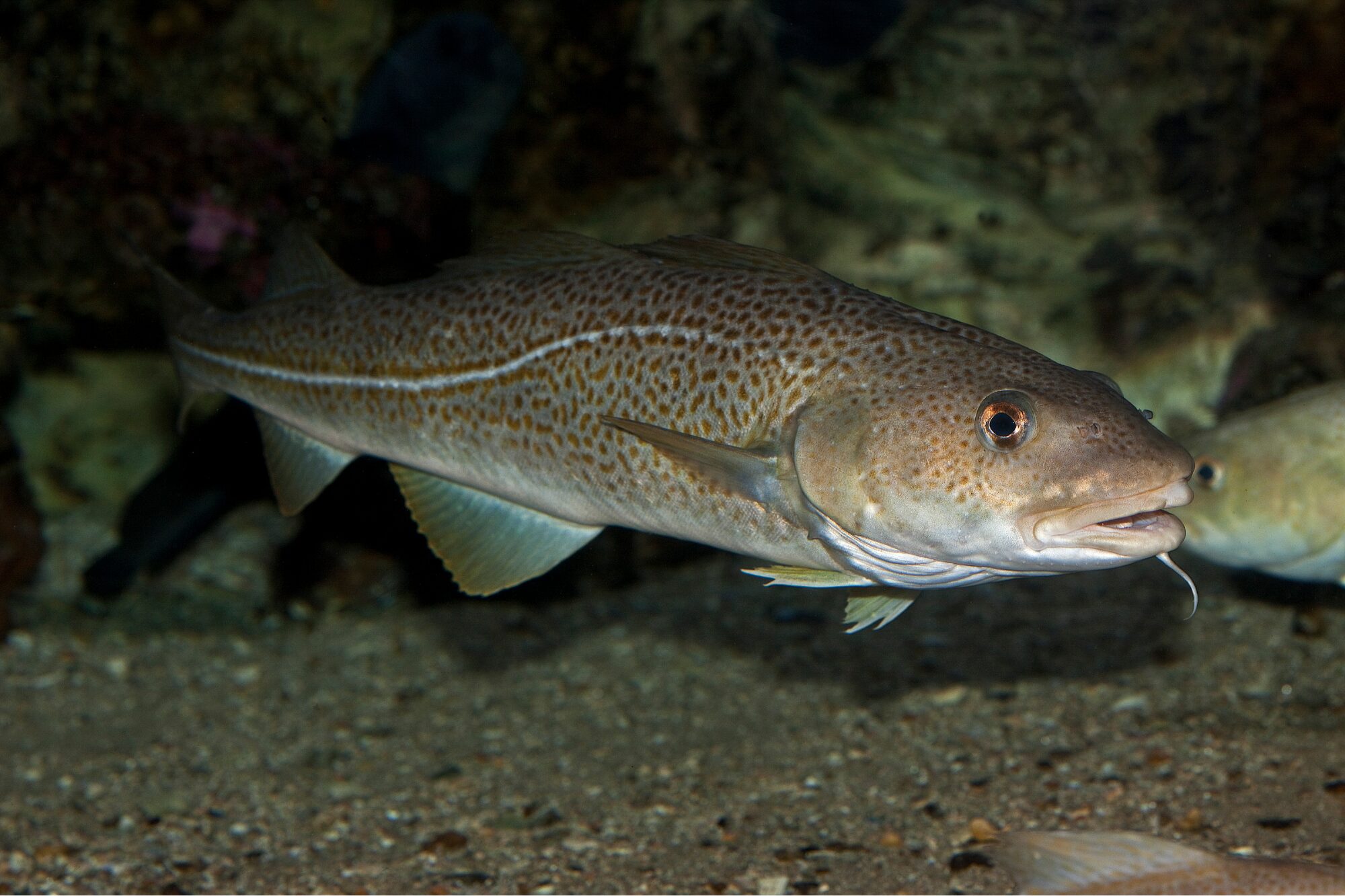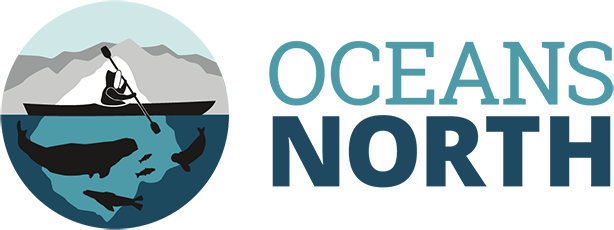
DFO Raises Quota for Struggling Northern Cod Stock—and Raises Questions about its Commitment to Conservation
May 31, 2021
KJIPUKTUK [HALIFAX]—Last Friday, Fisheries and Oceans Canada (DFO) announced that it would increase the 2021 quota for northern cod to 12,999 tonnes. “Northern cod is supposedly under a fishing moratorium,” says Katie Schleit, senior fisheries advisor at Oceans North. “But instead of allowing the stock to rebuild, DFO keeps cutting off what little growth there is by increasing the quota.”
The Northern cod population collapsed in the early 1990s as a result of overfishing, and they are considered to be endangered by the science advisory body to the Species at Risk Act. Despite being under moratorium for decades, northern cod remains a targeted species as part of the groundfish “stewardship” fishery, with landings above 9,000 tonnes over the past several years. Additional landings from the recreational fishery are estimated to be 20-30 per cent of that number.
DFO has a legal obligation to rebuild fish populations under the Fisheries Act. However, the first rebuilding plan for northern cod was released only in December 2020, 28 years after the stock collapsed and just days before more stringent regulations came into force. “The existing plan sets a new, low bar for stock rebuilding,” says Schleit. Rather than attempt to rebuild the stock to the “healthy zone,” the plan’s target is to reach 75 per cent of the upper limit reference point—that’s 25 per cent less than the bare minimum a stock needs to emerge from the critical zone.
“Fisheries management seems to be more about the art of the possible than responding to science advice.”
– Katie Schleit, Senior Fisheries Advisor, Oceans North
Rebuilding the stock to a healthy level from here will be challenging. Some have argued that fishing is not the main reason Northern cod has failed to recover, but rather that environmental factors are to blame. While that may be the case, Northern cod remains at extremely low levels, and fishing is one of the few things we can control. According to DFO policy, fishing should be kept as low as possible to allow rebuilding.
But given that fishing takes place in a complex ocean ecosystem, reducing the cod quota is only one aspect of rebuilding. Equally important is rebuilding the fish stocks that cod feed on, such as capelin, which are also commercially fished and are at historically low levels. In Friday’s decision, DFO cut the capelin quota by 25 per cent—a start, but far less than the “lowest possible levels” of removal that DFO’s science called for. “Fisheries management seems to be more about the art of the possible than responding to science advice,” says Schleit.
Almost 30 years after the cod collapse, we need to learn from past mistakes and break the cycle which has been repeating for decades. If Northern cod are to have a chance at recovery, the rebuilding plan needs an upgrade, and fishing quotas for both cod and capelin need to be reduced well below this year’s levels. Future decisions must give stocks a chance to rebuild to levels that can support future fisheries and a healthy marine ecosystem.
For more information, please contact:
Alex Tesar
Communications Specialist
Oceans North
[email protected]
